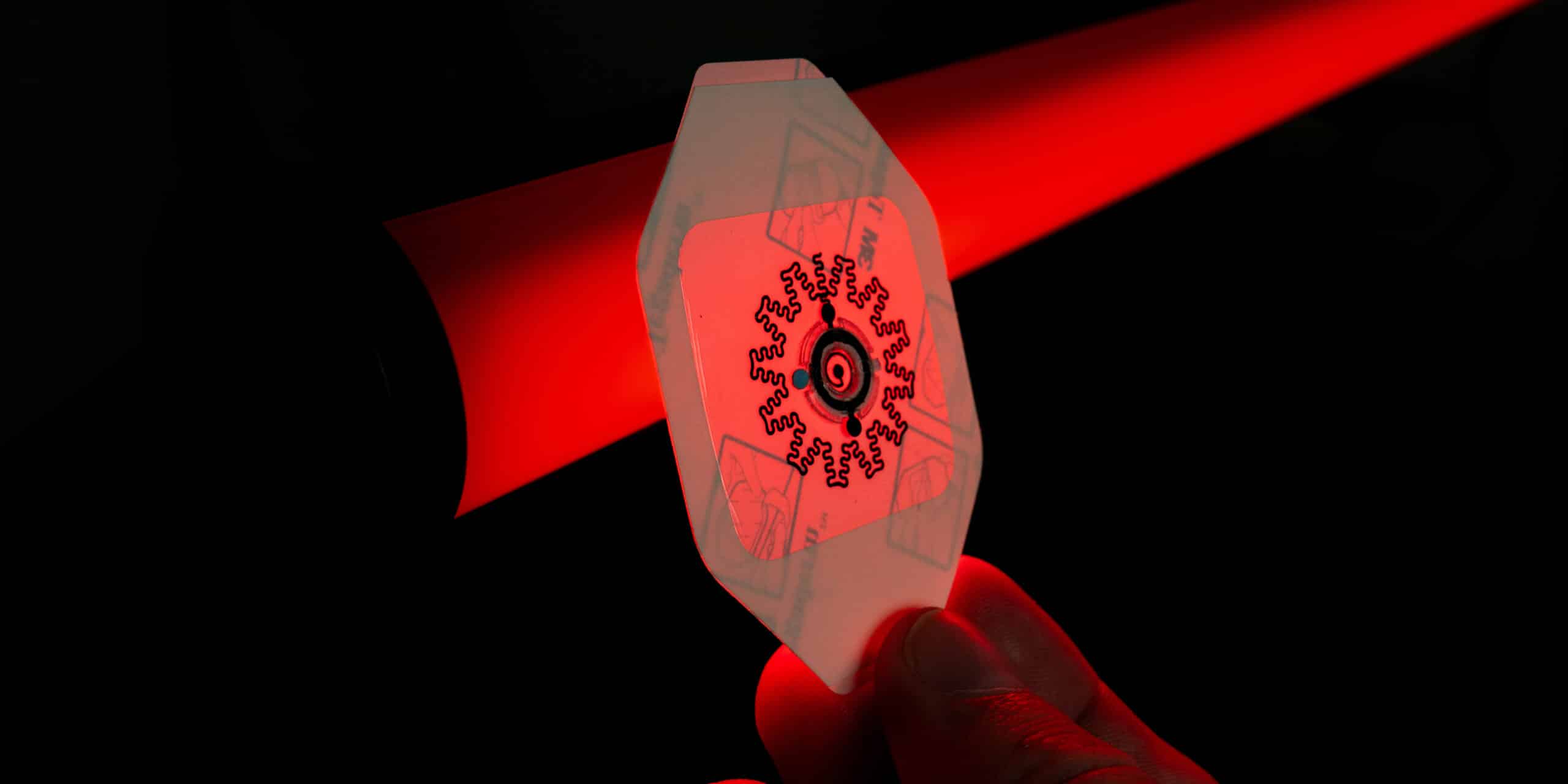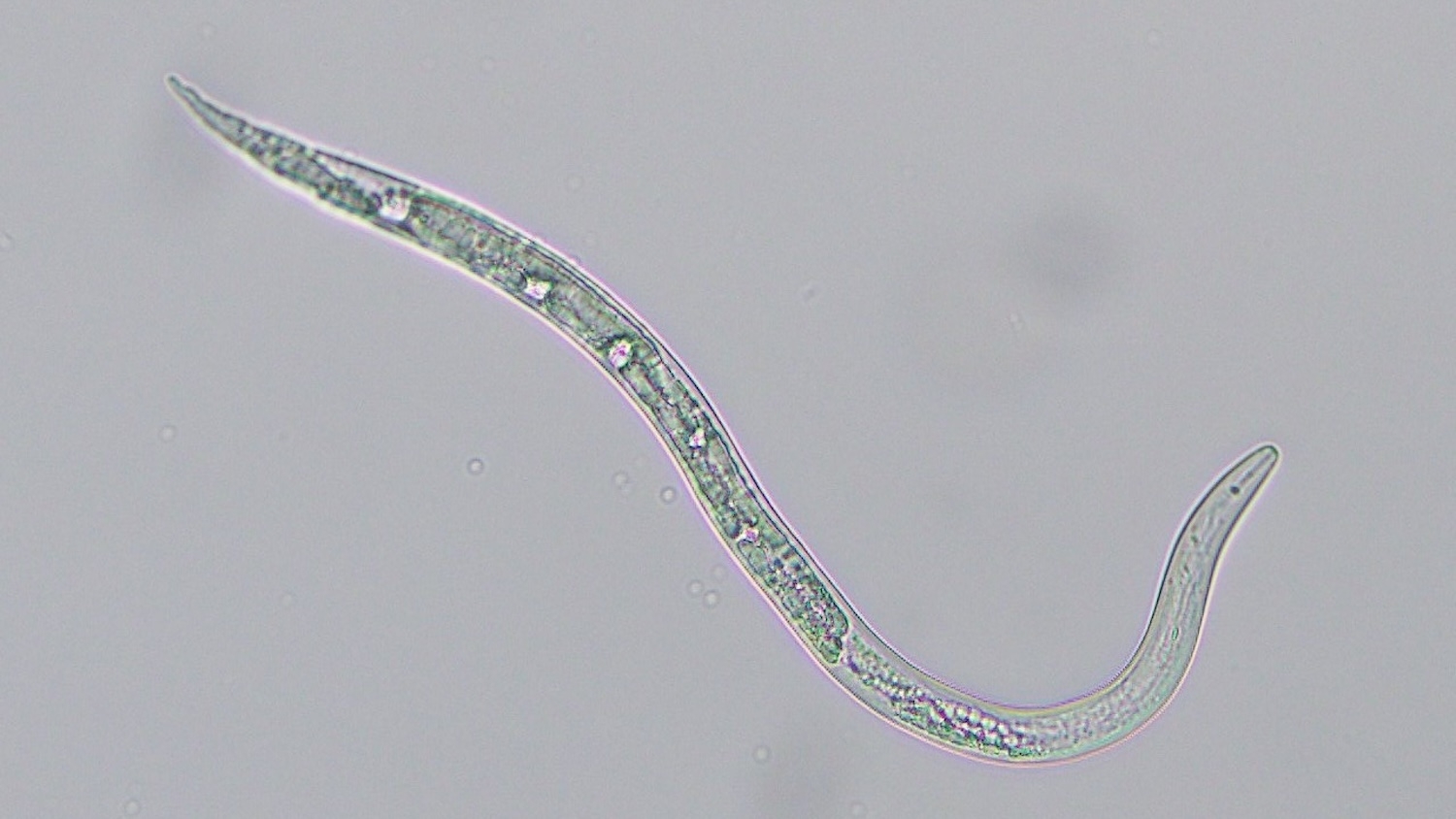Microscope uses heat and loading to offer new insights into creep fatigue

Since joining the NC State faculty in 2000, Dr. Afsaneh Rabiei has spent years assembling two labs’ worth of equipment that enables her research in the manufacturing and characterization of advanced materials, metal foams, coatings, thin films and composites.
Rabiei, a professor in the Department of Mechanical and Aerospace Engineering (MAE), operates one lab for manufacturing (think casting molten metals, fine cutting, grinding and polishing) and another for analytical evaluation of the materials she is studying. The manufacturing lab is stocked with heavy industrial equipment such as a high temperature furnace, rolling mill, sand blaster and more. The analytical lab includes optical microscopes with digital image grabbers, a bond strength testing machine, an autoclave and a physical vapor deposition unit housed in the nano-fabrication facilities.
Her newest machine, though, might be the most exciting yet.
Upon joining MAE, Rabiei found that much of the manufacturing equipment that she needed to conduct her research was not available to her in one place. She had to be creative when it came to accessing the machinery she thought she needed.
So she started by collaborating with other researchers across various colleges and departments at NC State. She reached out to the national laboratories, NASA, the U.S. Army and other universities including Texas, California, Ohio State, South Carolina and more. At the same time, Rabiei wrote many proposals to use grant funds to acquire machinery of her own.
The work has paid off. A composite metal foam Rabiei has created is lighter than bulk steel, but more effective at stopping bullets, blast and fragments and has garnered national attention. The material’s ability to shield X-rays, gamma rays and neutron radiation and its heat resistance could also make it useful in space exploration or in the shipping and storage of nuclear materials.
In 2014, the Department of Energy’s (DOE) Nuclear Engineering University Programs (NEUP) issued a call for research proposals evaluating creep — the long-term deformation of a material under mechanical stress and heat — of a new class of stainless steel. DOE wanted more information on the creep fatigue behavior of this material, alloy 709, for use in nuclear power plants.
Rabiei proposed building a novel tool — a scanning electron microscope (SEM) that would examine a material’s microstructure as it is being subjected to extreme heat and loading. Rabiei won the grant funding and now has the microscope she had hoped for.
The device can heat a material up to 1,000 degrees Celsius and apply tensile force for hours, simulating the conditions in a nuclear reactor so that Rabiei and her team can assess the behavior of the new alloy in such extreme conditions. While other similar SEMs exist, few if any combine both heating and loading and are able to do so at such a high temperature for an extended amount of time. It’s all thanks to the collaborative work of three companies: Japan’s Hitachi, England’s Oxford Instruments and Germany’s Kammrath & Weiss GmbH.
Beyond this NEUP project, the new SEM can offer unique insights into the impact of loading and heating on the microstructure of other materials that researchers might be interested in testing, including Rabiei’s own composite metal foam.
“I’m very proud of this,” she said. “I think we are going to collect very good results using this new tool that can shed much light into the development of this novel class of stainless steel.”
Return to contents or download the Spring/Summer 2017 NC State Engineering magazine (PDF, 3.7MB).
- Categories:


